Approval vs Workflows, How to Marry the Two?
Find out interesting insights with Mike Vaishnav, CFO & Strategic Advisor
Moderated by Moderated by Emily , Digital Transformation Consultant at Hyperbots
Don’t want to watch a video? Read the interview transcript below.
Emily: Hi everyone! In this segment, we’ll be discussing strategies for alignment and optimization. Mike, thank you so much for walking us through the approval workflow and organizational structures in our last section. To delve deeper into this segment, what strategies do you recommend for designing approval workflows that align with an organization’s hierarchical structures?
Mike: Thank you, Emily. Before developing the workflow, we need to consider the organization hierarchy. One key thing is to think about the best way to structure it. We need to establish a robust organizational hierarchy that includes the reporting lines, levels of authority, and other training and documentation. This impacts the decision-making process and ensures efficient collaboration within the department. Here are some strategies for developing a workflow:
Proper Reporting Lines: Clearly define who reports to whom. This is crucial because the workflow needs to move smoothly from one step to another.
Levels of Authority: Determine the authority level for each position. Not every decision needs to go through the same hierarchy. Define limits and responsibilities accordingly.
Clarity of Roles and Responsibilities: Specify who approves what and why they are involved in the workflow. Not everyone needs to be involved in every step.
Approval Levels: Establish clear approval levels and maintain an audit trail to keep track of the approvals.
Standardization: Standardize the approval process whether the organization is centralized or decentralized. This ensures consistency.
Utilization of Tools: Use appropriate tools like workflow management systems or AI to facilitate the workflow.
Training and Support: Ensure proper training for those involved in the approval process to prevent inefficiencies.
Collaboration and Coordination: Foster cross-functional collaboration and ensure accountability in the approval process.
Alignment with Organizational Objectives: Ensure that the workflow aligns with the overall organizational objectives, not just departmental ones.
Emily: Got it. So, Mike, how do you strike a balance between centralizing control for oversight and decentralizing decision-making authority in approval workflows?
Mike: Striking a balance between centralizing control for oversight and decentralizing decision-making authority is essential for optimizing efficiency, maintaining accountability, and fostering innovation. Here are some strategies to achieve this balance:
Clear Hierarchy: Establish a clear reporting structure that defines who is responsible for approvals, whether centralized or decentralized.
Key Decision Points: Identify critical decision points to determine the required authority level for approvals. For example, the marketing department may approve budgets, but cross-functional collaboration might be necessary for other decisions.
Delegate Authority Appropriately: Delegate routine tasks to lower levels and critical tasks to higher levels, empowering employees with the necessary training and tools.
Escalation Protocols: Establish clear protocols for escalating decisions that exceed certain authority levels.
Technology and Transparency: Implement technology solutions like workflow management systems to provide transparency and ensure all stakeholders are informed.
Cross-Functional Collaboration: Foster collaboration across departments since workflows often span multiple areas.
Training and Documentation: Provide thorough training and maintain documentation to ensure everyone understands their roles and responsibilities.
Emily: How can organizations ensure that approval workflows are flexible enough to accommodate changes in the organizational hierarchy?
Mike: Flexibility in workflows is crucial for accommodating changes in the organizational hierarchy. Here are a few strategies to ensure flexibility:
Modular Design: Design workflows in a modular fashion so changes can be made easily without disrupting the entire process.
Role-Based Approvals: Implement role-based approvals instead of individual-based ones. This allows for smooth transitions when people change jobs.
Dynamic Routing: Use dynamic routing to handle situations where someone is unavailable, enabling delegation and preventing bottlenecks.
Centralized Policy Management: Maintain centralized policies to ensure consistency and compliance across the organization.
Regular Review and Monitoring: Continuously review and monitor workflows to identify areas for improvement and ensure they remain adaptable to changes.
Emily: Gosh, so Mike, how can organizations leverage technology to automate routine approval tasks and streamline workflows? Can you share a few examples as well?
Mike: Before leveraging any technology, organizations need to understand their current processes and identify areas where technology can be beneficial. Here are a few examples of how technology can be used to streamline workflows:
Workflow Management Systems: These systems automate routing, track progress in real-time, enforce processes, and provide notifications and reporting capabilities.
Electronic Document Systems: These systems store data in one place, provide version control, and reduce manual intervention.
Electronic Signatures: Legal electronic signatures can replace physical signatures, streamlining the approval process.
ERP Integration: Integrating workflows with ERP systems ensures data consistency and seamless operation.
AI and Machine Learning: Implementing AI solutions can enhance workflow efficiency by automating routine tasks and providing insights for process improvements. These technologies help automate routine tasks, reduce manual errors, and ensure that workflows are efficient and adaptable to organizational needs.

